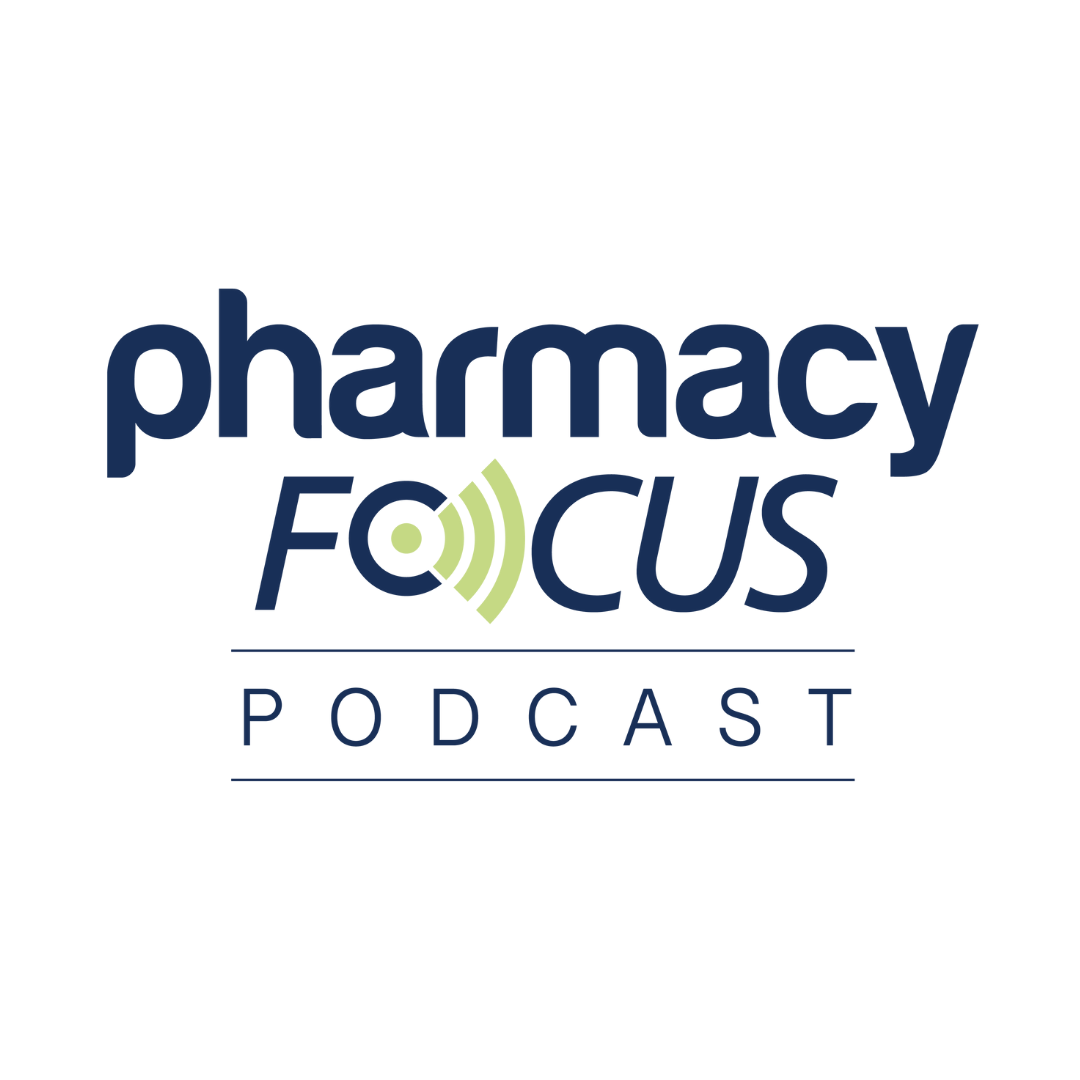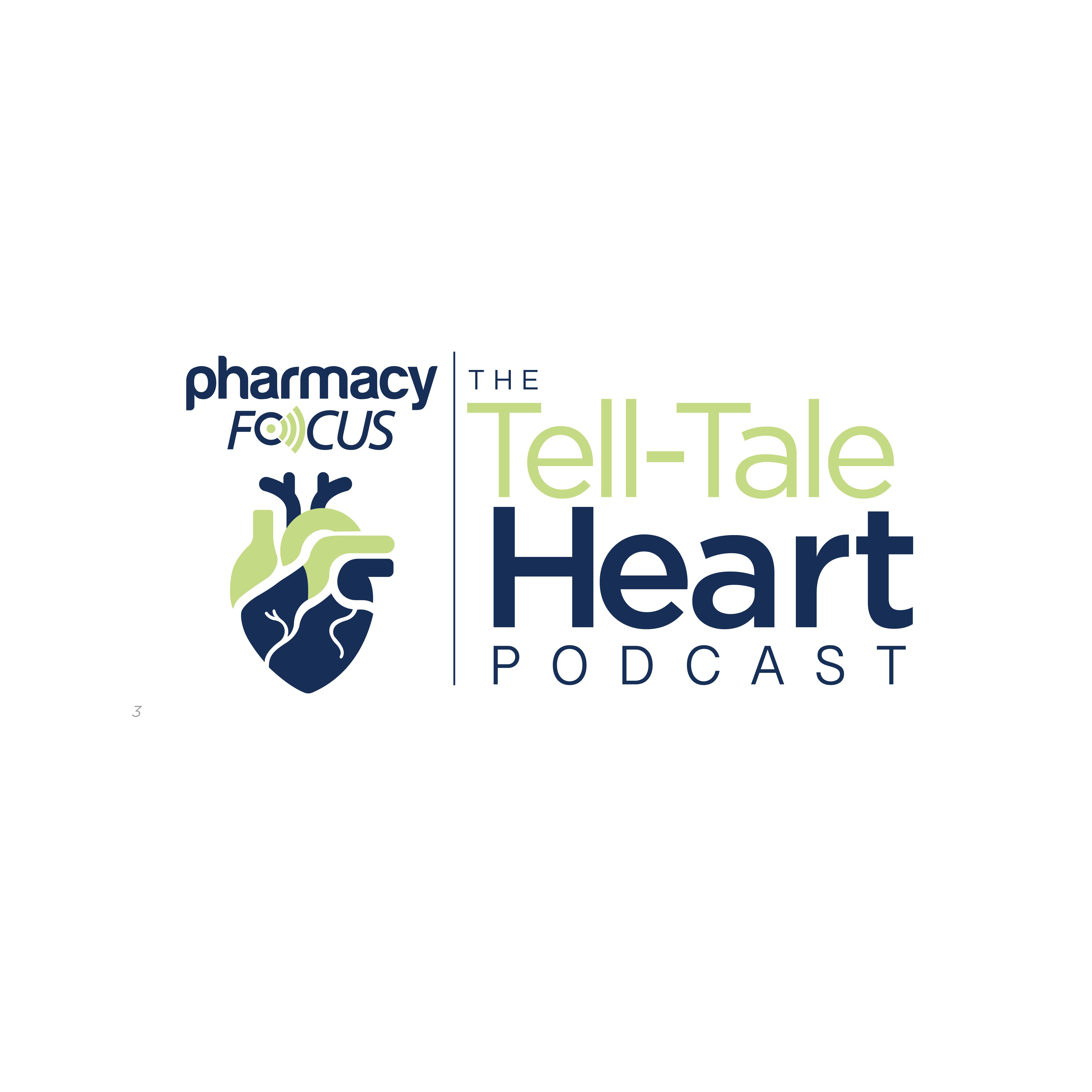President Trump Signs Executive Order to Create Most Favored Nations
On May 12, 2025, President Donald J. Trump signed an executive order titled “Delivering Most-Favored-Nation Prescription Drug Pricing to American Patients,” with the objective of lowering drug prices, namely on branded drug products, for American consumers.1 The order attempts to set price targets that are equal to or less than those of other “comparably developed nations.”1
Importantly, the first line of the executive order says, “The United States has less than five percent of the world’s population and yet funds around three-quarters of global pharmaceutical profits.”1
Importation and Reimportation Take Center Stage (Again)
The topic of international price discrimination in which the United States gets the short end of the pricing stick has a long tactical and political history, with drug reimportation the most frequently cited means of lowering out-of-pocket costs for consumers. Reimportation from Canada reached a fever pitch at the turn of the century. It helped push along the passage of President George W. Bush’s Medicare Modernization Act (MMA) of 2003, and with it drug coverage for tens of millions of Medicare enrollees for the first time in program history.2
About the Author
Troy Trygstad, PharmD, PhD, MBA, is the executive director of CPESN USA, a clinically integrated network of more than 3500 participating pharmacies. He received his PharmD and MBA degrees from Drake University and a PhD in pharmaceutical outcomes and policy from the University of North Carolina. He has recently served on the board of directors for the Pharmacy Quality Alliance and the American Pharmacists Association Foundation. He also proudly practiced in community pharmacies across the state of North Carolina for 17 years.
Prior to Part D, any Medicare enrollees without a retirement benefit that included a drug benefit had to pay for prescription drugs entirely out of pocket, and thus the political pressure to lower prices was acute. Nearly every day somewhere in the country, the evening news aired a story about a local family’s journey to Canada to procure more affordable drugs, replete with interactions with border control officials. From a coverage perspective, Part D has been a success, with older Americans paying far less for drugs than they otherwise would have prior to MMA 2003. Add President Joseph R. Biden’s 2022 Inflation Reduction Act (IRA), creating an out-of-pocket spending cap of $2000 starting in 2025, and Part D has become a very generous pharmacy benefit.
A New Group of “Underinsured”
Now, another group of patient-consumers is leading the charge politically and economically: the commercially underinsured. Many employees, and especially employees who have high-deductible plans, face out-of-pocket costs that cut deep into their disposable income. The wide popularity and mainstream growth of glucagon-like peptide-1 drugs have put into focus the question of why we are paying more for drugs than other countries, especially if the US taxpayers are paying for much or most of the precursor research to develop the drugs.
How Does Drug Pricing in the US Compare With Other Countries?
A 2024 RAND study using 2022 data found that among Organisation for Economic Co-operation and Development (OECD) countries (comparably developed nations), the US paid 4.22 times as much for brand-name drugs (before rebates) than the OECD’s 33 comparator nations.4 Other studies have found similar differences prerebate and large differences even when considering rebates,5 lending credence to claims that we pay much more than any other country on a per capita basis.
What If We Include Drug Rebates and Other Health Care Costs?
Another 2024 study, this time by the KFF Health System Tracker, reveals even more sobering numbers on spending. Consistent with prior and contemporary analyses, the US spends nearly twice as much ($12,197 vs $6514) per capita than other similarly developed countries. And, yes, post-rebate estimates put prescription drug and medical goods spending at a higher level ($1635 vs $944) than other countries, but the extra spend is dominated by inpatient and outpatient care delivery ($7500 vs $2969), making total payments to hospitals, physicians, and other providers a much bigger budget discrepancy than prescription drugs.5
The Most Significant Driver of Health Care Spend Isn’t Drugs—It Isn’t Even Close
Pharmaceutical manufacturers are a frequent punching bag for politicians, mostly because they are easy targets, and they tend to have more visible out-of-pocket exposure. Patients like to view brand-name drugs as a commodity (erroneously so) because the cost to the next unit off the line (incremental cost) is very low compared with the price tag (frontloaded with research, go-to-market, and regulatory fixed costs), whereas physician visits and hospitalizations are personalized and specific to their own encounters. Yet, there is no evidence that we are getting more than twice as effective care delivery from our hospitals and health systems, where we spend a whopping $4531 extra per year per person.6 Equalizing drug spend between the US and other comparable developed countries would save roughly $691 per person per year, a laudable goal, but fully 6.5-fold less than hospitalization provider encounter costs.5
Having It Both Ways: Do We Need to Let Pharma Generate Healthy Revenue While Simultaneously Reining in Drug Costs?
We have an odd and nonsensical dichotomy on managing drug spend here in the US. On the one hand, we say, “We need to rein in drug costs,” and on the other we say, “We can’t let the government negotiate, or manufacturers will be financially strangled and unable to bring innovative drugs to the market.” Which is it? Do you want to pay less or get less? I guess the way we have been operating would suggest that there is (or at least was at some point in time) a policy belief that a free market of drug product development and marketing would incentivize innovator products and meet both objectives simultaneously. Consequently, market forces would bring effectiveness and efficiencies, so we enlisted pharmacy benefit managers (PBMs) to facilitate economist Adam Smith’s invisible hand with formulary selection and patient access rewards for data-driven evidence of outcomes. To achieve these ends, drug product dossiers were created for pharmacy and therapeutic committees and OECD government officials alike to highlight the cost-benefits of various drug products considered for coverage. Ironically, and despite PBMs’ best efforts, the other OECD governments seem to use these evidence and value assessment dossiers to much greater effect than we do here in the US.
Hidden Costs and a Continued March Toward Transparency
Notably, the KFF study also revealed $945 in administrative cost per person per year in the US vs $245 in comparable countries, with much of that seemingly excess administrative costs hidden from the sight of taxpayers, employers, and patients.5 Certainly, PBMs are a large portion of that take from the middle. Biden’s IRA started the government down the road of negotiating and Trump’s executive order certainly moves in the same direction. Importantly, they both buttress a continued march federally, within the states, and with employers toward transparency and pass-through administration of drug product coverage, rebates, and formulary selection.
Community Pharmacy Is Stuck Between Codependent Warring Parties, and It’s Taking Punches It Doesn’t Deserve
Meanwhile, community pharmacies are stuck between the spreadsheet wars of PBMs and the Pharmaceutical Research and Manufacturers of America, not really responsible for driving any appreciable increase in spending. However, community pharmacies are the entities being squeezed in the middle because of their business model of buying and selling drugs rather than eschewing retail and subsisting on services. It’s high time we make that move as soon as possible, as supply chain transparency is coming and there will soon be no buy-sell margin left to spare for pharmacies.
REFERENCES
1. Delivering Most-Favored-Nation Prescription Drug Pricing to American Patients. The White House. May 12, 2025. Accessed May 27, 2025. https://www.whitehouse.gov/presidential-actions/2025/05/delivering-most-favored-nation-prescription-drug-pricing-to-american-patients/
2. Medicare Prescription Drug, Improvement, and Modernization Act of 2003, HR 1, 108th Cong (2003). Accessed May 27, 2025. https://www.congress.gov/bill/108th-congress/house-bill/1
3. Bauer B. The Medicare Part D Donut Hole: What You Need to Know. National Council on Aging. January 8, 2025. Accessed May 27, 2025. https://www.ncoa.org/article/the-medicare-part-d-donut-hole-what-you-need-to-know/
4. Mulcahu AW, Schwam D, Lovejoy SL. International Prescription Drug Price Comparisons. RAND. February 1, 2024. Accessed May 27, 2025. https://www.rand.org/pubs/research_reports/RRA788-3.html
5. Wagner E, Rakshit S, Cox C. What drives health spending in the US compared to other countries? Peterson-KFF Health System Tracker. August 2, 2024. Accessed May 27, 2025. https://www.healthsystemtracker.org/brief/what-drives-health-spending-in-the-u-s-compared-to-other-countries/#Healthcare%20spending%20per%20capita,%20by%20spending%20category,%202021
6. Turner A, Miller G, Lowry E. High US health care spending: where is it all going? The Commonwealth Fund. October 4, 2023. Accessed May 27, 2025. https://www.commonwealthfund.org/publications/issue-briefs/2023/oct/high-us-health-care-spending-where-is-it-all-going#:~:text=Administrative%20costs%2C%20prescription%20drugs%2C%20and,large%20portion%20of%20the%20remainder








